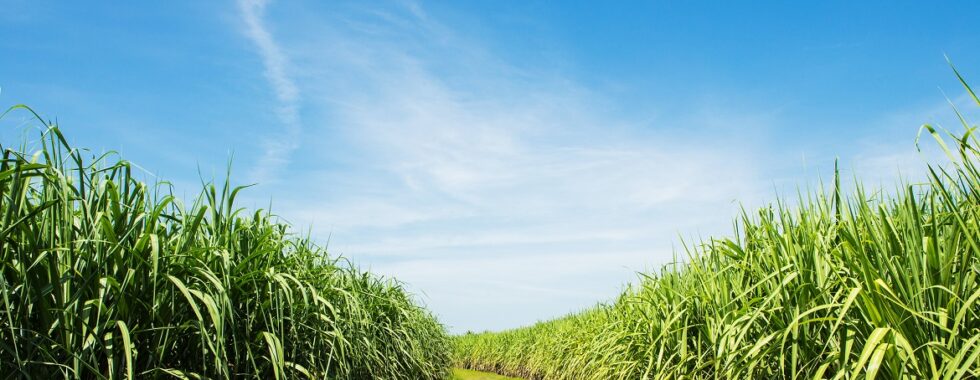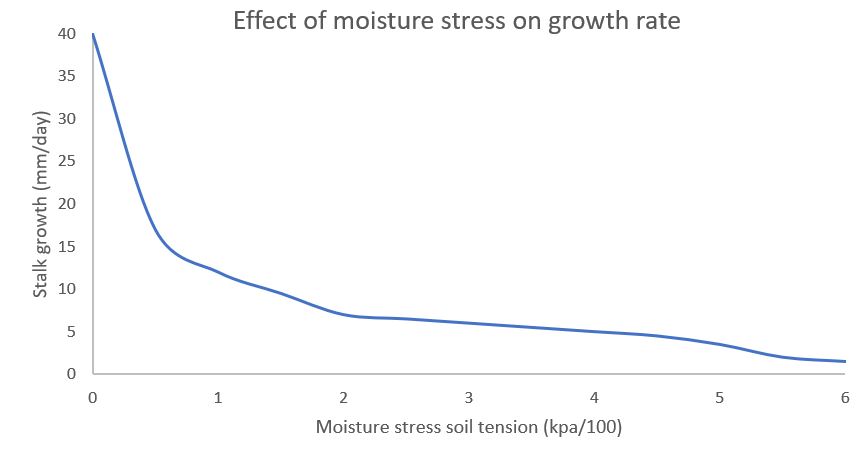Irrigation management in sugarcane
Sugarcane is one of the most water-demanding crops and water availability is the single largest factors affecting its growth. According to studies, sugarcane yields can decrease by up to 70% under drought conditions. Climate change increases evapotranspiration rates and reduce the available water in soils. Therefore, there is an increasing need for irrigation in sugarcane production.
Traditionally, sugarcane was grown under rainfed conditions, in sub-tropical areas, where rain is abundant. The increased demand for sugar resulted in expansion of the growing areas to other regions. Using irrigation gives farmers more flexibility in planting sugarcane in regions with less precipitation and better control on the production process. Studies have shown that irrigation in sugarcane can increase yield by up to 200%, compared to rainfed sugarcane.
How does irrigation management affect sugarcane yield and quality?
Maximum water demand of sugarcane is at the tillering and grand growth stages. Optimal watering significantly extends ratoon life and can significantly increase sugarcane yield.
Effect of water stress on sugarcane:
Water stress during the grand growth stage reduces both total yield as well as sucrose yield.
On the other hand, imposing water stress during maturation phase increases sucrose yields.
Effect of excess irrigation on sugarcane:
- May damage cane roots
- May result in nutrient leaching and deficiencies
- Reduces yield and quality
Irrigation scheduling in sugarcane
Irrigation scheduling refers to the amount and frequency of water application. The daily water requirement can be calculated based on evapotranspiration (ET0) and crop coefficient data, where: ETc (Crop Evapotranspiration) = Kc X ET0
Crop coefficient (Kc) for different growth stages of sugarcane
|
Stage |
Up to 25% crop cover | 25-75% crop cover | 75-100% crop cover |
Maturation |
| Kc | 0.4 | 1.0 | 1.25 |
0.7 |
Irrigation frequency will depend on the soil texture and root system depth, which determine the readily available water (RAW) in the soil.
Irrigation frequency = RAW/ Average ETc
Where RAW is expressed in units of irrigation depth (mm or inch).
For example,
Soil RAW = 15mm
Average ETc = 3.75 mm
Irrigation frequency = 15/3.75 = 4 days
New irrigation scheduling methods have been developed in the recent years. Such methods include the use of soil moisture sensors, which can help the farmer avoid moisture stress and significantly improve irrigation scheduling.
Effect of water quality on sugarcane
Sugarcane is highly sensitive to salinity.
Salinity threshold is 1.7 ds/m in the saturated paste extract, where each 1 ds/m increase in salinity (EC) results in 6% decrease in yields.
Proper irrigation and nutrition management are crucial in order to avoid yield losses due to salinity stress.







